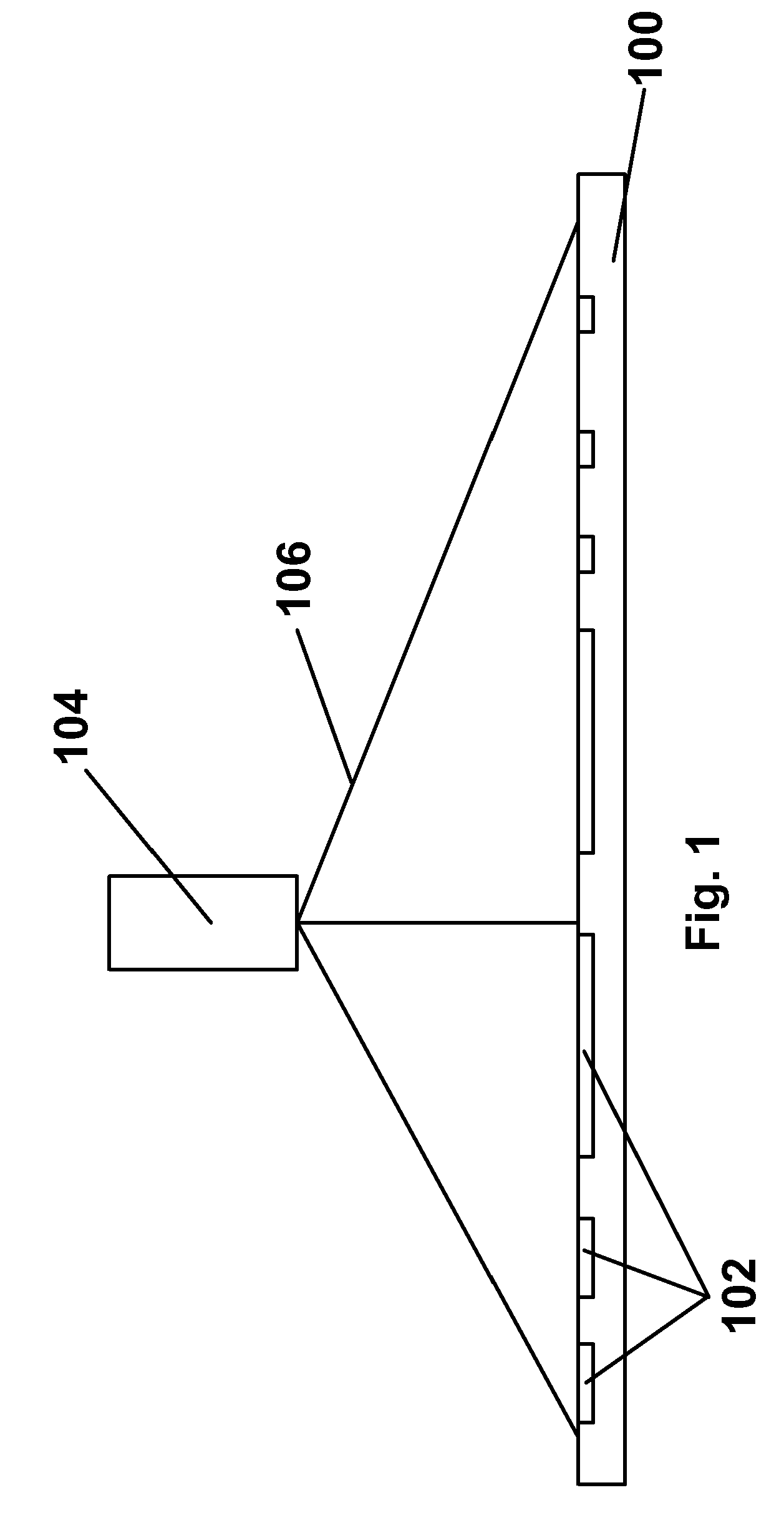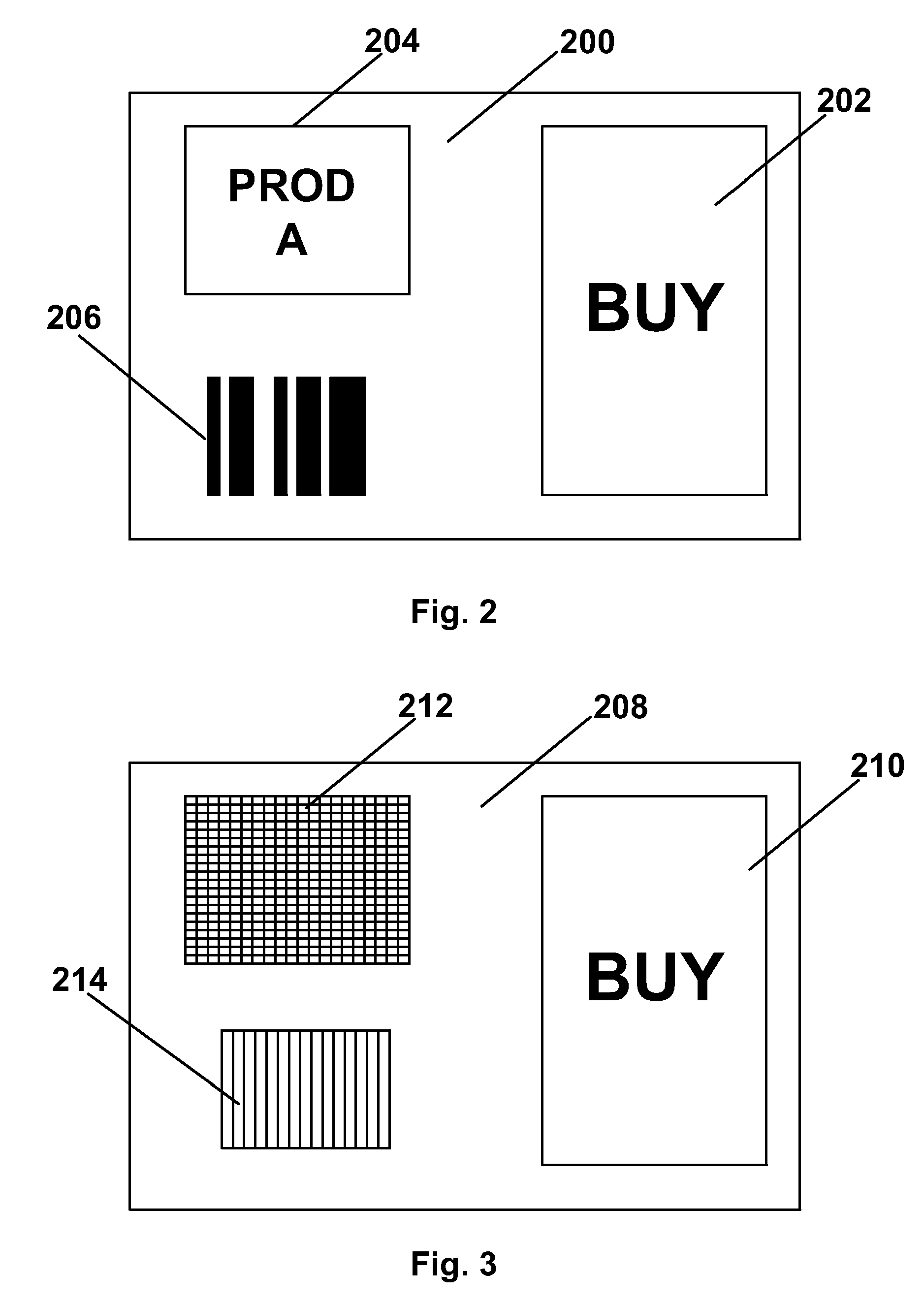Machine-readable displays
a display and display technology, applied in the field of machine-readable displays, can solve the problems of inadequate service life of these displays, preventing their widespread use, and gas-based electrophoretic media appearing to be susceptible to the same types of problems
- Summary
- Abstract
- Description
- Claims
- Application Information
AI Technical Summary
Benefits of technology
Problems solved by technology
Method used
Image
Examples
Embodiment Construction
[0061]As already mentioned, in one aspect this invention provides a reflective electro-optic display having a bar code display area arranged to display a bar code readable by a bar code scanner. As discussed above with reference to FIG. 1, a bar code reader emits a scanning beam which is reflected from the bar code markings and detected by a photodetector. Since the bar code reader relies upon reflection of the scanning beam, the electro-optic display should use an electro-optic medium which is reflective rather than transmissive. The electro-optic medium need not be reflective in both its extreme optical states (typically black and white); for example, the electro-optic medium could be of the shutter mode type, with one white, reflective optical state and a substantially transparent optical state which could appear or be made to appear black to the reader (for example, by providing a black backing on the bar code display area. Also, since as already explained the bar code reader re...
PUM
| Property | Measurement | Unit |
|---|---|---|
| distance | aaaaa | aaaaa |
| distance | aaaaa | aaaaa |
| distance | aaaaa | aaaaa |
Abstract
Description
Claims
Application Information
 Login to View More
Login to View More - R&D
- Intellectual Property
- Life Sciences
- Materials
- Tech Scout
- Unparalleled Data Quality
- Higher Quality Content
- 60% Fewer Hallucinations
Browse by: Latest US Patents, China's latest patents, Technical Efficacy Thesaurus, Application Domain, Technology Topic, Popular Technical Reports.
© 2025 PatSnap. All rights reserved.Legal|Privacy policy|Modern Slavery Act Transparency Statement|Sitemap|About US| Contact US: help@patsnap.com



